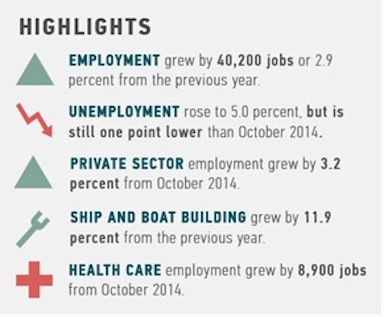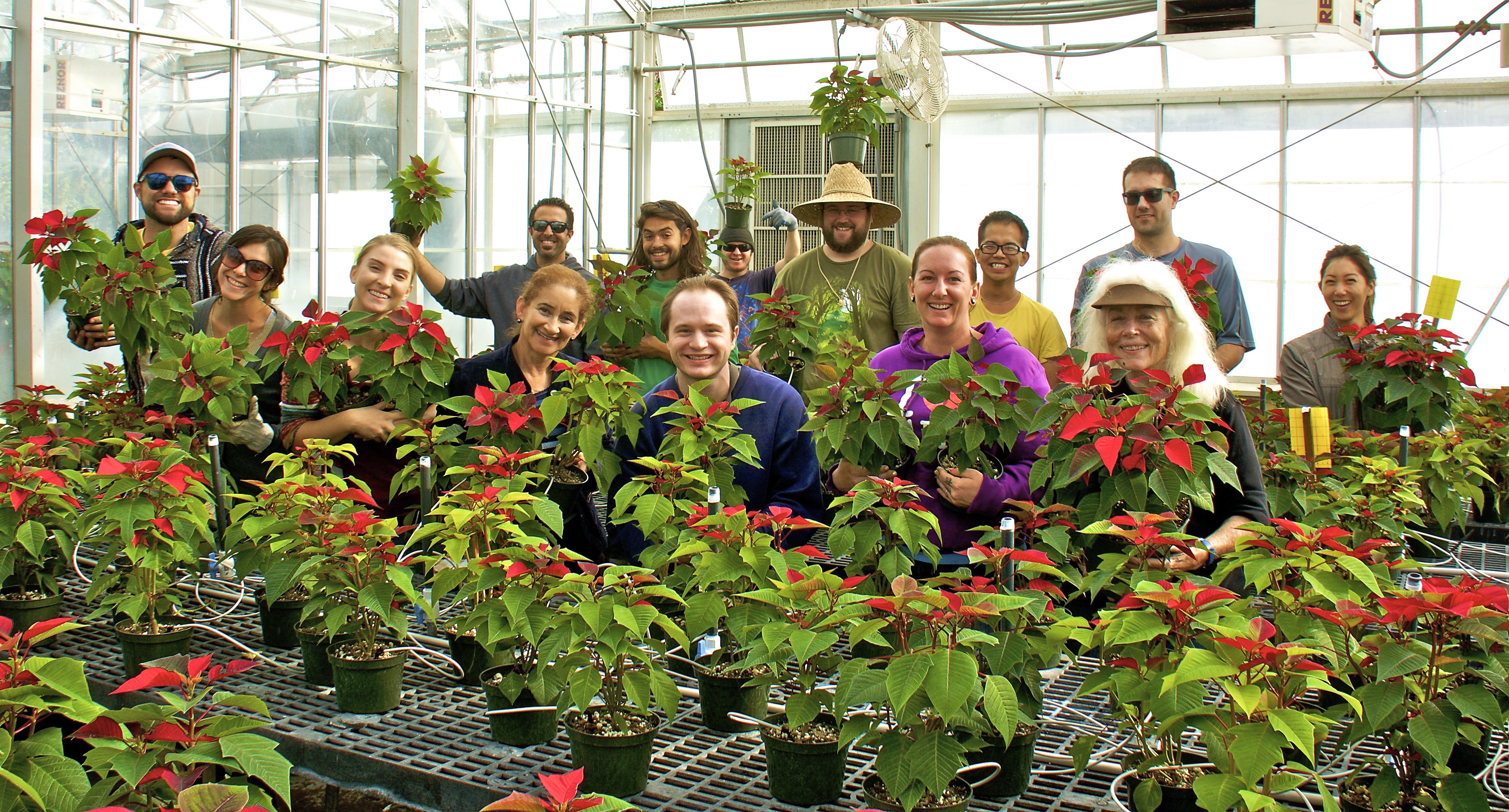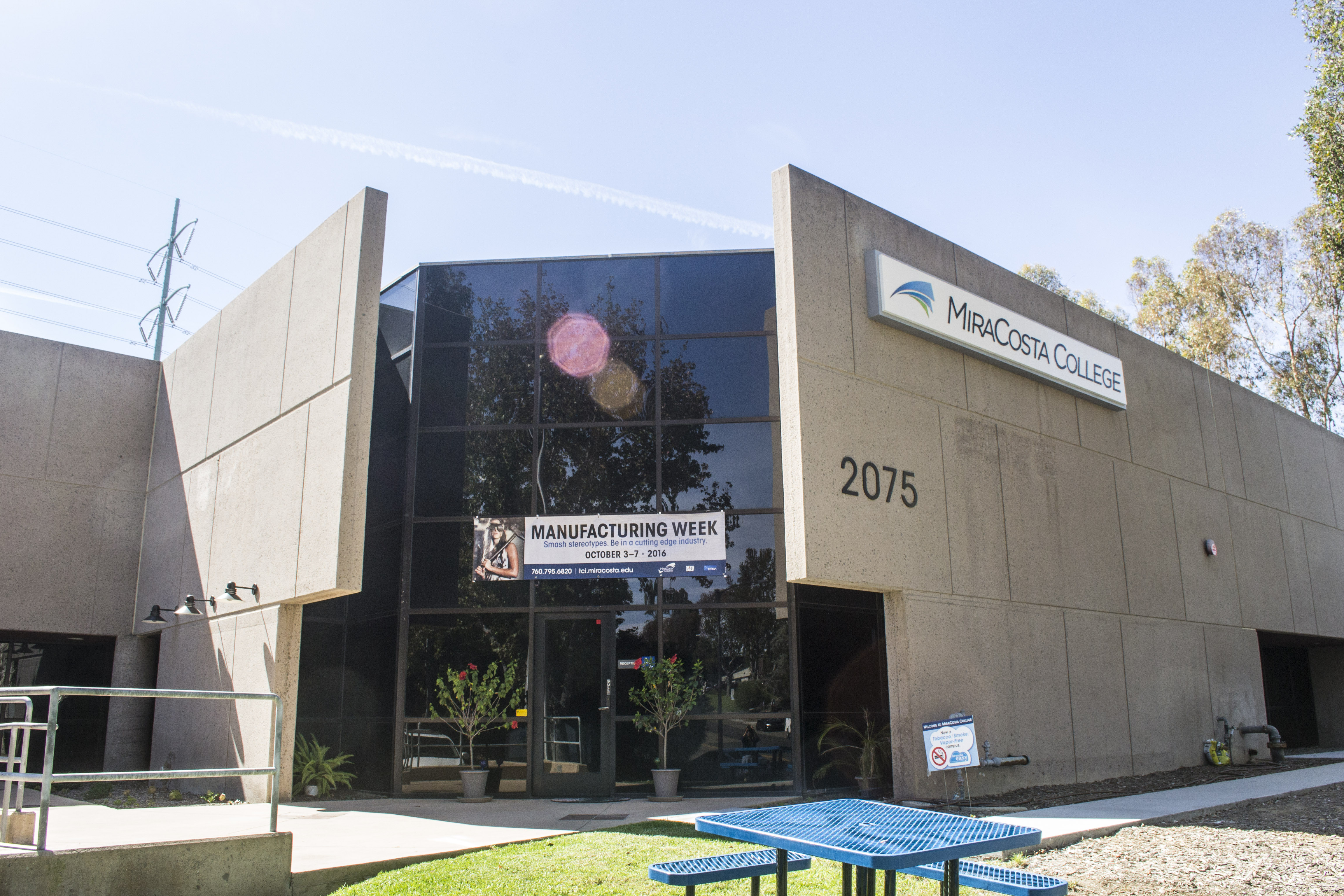Daily Business Report-Nov. 20, 2015
NIH says that the remaining chimps will be moved to sanctuaries once there’s available space.
U.S. National Institutes of Health
To Retire its Research Chimpanzees
The U.S. National Institutes of Health has announced that it will retire its remaining research chimpanzees, Nature reports.
In 2011, the Institute of Medicine issued a report that said that though chimps had been an important animal model in the past, technological advances had made most chimp-based research unnecessary. The NIH accepted the IOM’s recommendations and sent most of its chimps, about 300, into retirement at sanctuaries.
However, NIH retained about 50 of its research chimps for studies that met certain criteria outlined by the IOM report.
NIH now says that these remaining chimps will be moved to sanctuaries once there’s available space.
“”I think this is the natural next step of what has been a very thoughtful five-year process of trying to come to terms with the benefits and risks of trying to perform research with these very special animals,” NIH Director Francis Collins said. “We reached a point where in that five years the need for research has essentially shrunk to zero.” Collins has recently been a target of an animal rights group.
He noted that NIH had only received one application since 2013 to use chimps in research and that that application was withdrawn.
Animal welfare groups welcomed the NIH decision. The Humane Society of the United States’ Kathleen Conlee said her group is “overjoyed.”
But some scientists question the decision to hold no chimps in reserve for research. “Given NIH’s primary mission to protect public health, it seems surprising,” Frankie Trull from the Foundation for Biomedical Research said. Others note that conservation research may be hampered.
The NIH is also developing a strategy to handle chimps the agency supports, but does not own.
____________________________________________

Scripps Research Institute Awarded
Grant to Bring Heroin Vaccine to Market
The Scripps Research Institute has been awarded a $1.6 million grant by the National Institute on Drug Abuse to further refine a heroin vaccine that a Scripps team developed in 2013, but could not get offers to fund continued research.
The two-year grant comes with the possibility of an additional three years of funding.
The heroin vaccine was initially developed by Kim Janda, the Ely R. Callaway Jr. Professor of Chemistry and member of the Skaggs Institute for Chemical Biology at TSRI, and his colleagues. He will lead the new project.
Janda said the vaccine has proven safe and effective in mouse models of heroin addiction. The vaccine trains immune system antibodies to recognize and bind to heroin molecules, blocking the drug’s active products from reaching the brain to trigger a “high.” Without that high, scientists believe recovering drug addicts will be much less likely to relapse.
For the new project, the TSRI researchers have teamed up with collaborators from Virginia Commonwealth University and Molecular Express Inc. The researchers will further refine the vaccine, testing aspects like its stability and the optimal manufacturing processes to make it. After that, studies at Virginia Commonwealth University will test its safety and effectiveness in primate models.
Janda said this data will lay the groundwork for clinical trials and future consideration for approval from the U.S. Food and Drug Administration. He hopes to use a similar strategy to design a vaccine against other abused opioid drugs, such as oxycodone (Oxycotin) and hydrocodone (Vicodin).

San Diego County Jobless Rate Inches Up
Nonfarm jobs up by 10,800 over the month; up 40,200 over the year
The unemployment rate in the San Diego County was 5.0 percent in October, an increase from 4.6 percent in September and below the year-ago estimate of 6 percent, the state Employment Department Reported today.
California’s unemployment rate for the same period was 5.7 percent, and the nation’s was 4.8 percent.

Between September and October:
Total nonfarm employment increased from 1,393,800 to 1,404,600, a gain of 10,800 jobs. Agricultural employment declined by 100 jobs, or one percent.
• Government posted the greatest month-over gain, adding 7,200 jobs. State and local government added 3,500 jobs each while federal government increased by 200 jobs.
• Trade, transportation and utilities increased by 3,600 jobs with eighty percent of the gain in retail trade. Educational and health services gained 3,200 jobs with educational services and health care and social assistance adding 1,600 jobs each.
• Three other nonfarm sectors also added jobs over the month: professional and business services (up 1,600 jobs), financial activities (up 900 jobs) and construction (up 300 jobs).
• Four sectors recorded month-over job losses. The most significant came from leisure and hospitality (down 4,300 jobs). Mining and logging remained unchanged.
Between October 2014 and October 2015:
Total nonfarm employment increased by 40,200 jobs, or 2.9 percent. Agricultural employment declined by 300 jobs.
• Professional and business services posted the greatest year-over gain, adding 10,300 jobs. Professional, scientific, and technical services (up 9,200) accounted for almost ninety percent of the job growth in this sector.
• Eight other sectors also added jobs over the year. The most notable job growth came from educational and health services (up 9,400), primarily from health care and social assistance (up 8,900) which accounted for ninety five percent of the increase.
• Two industries recorded year-over job losses: other services (down 1,300 jobs) and mining and logging (down 100 jobs).
San Diego Union-Tribune Moving
Back to Downtown Next Year

The San Diego Union-Tribune will be vacating Mission Valley to move into a 24-story high-rise in Downtown San Diego. The move is scheduled for May 2016.
In 1973 the newspaper moved from offices at 919 2nd Street Downtown to its present location.
The paper signed a 15-year, 59,164-square foot lease to move its offices to 600 B Street, a Class A high-rise building owned by Lincoln Property Company. Approximately 350 reporters, editors, designers and other staff will relocate. The San Diego Union-Tribune will occupy four floors in the building.
The newspaper, now owned by Tribune Publishing Group, will continue to rely on its parent company’s printing facilities in Los Angeles.
“While we have several major office submarkets in San Diego, Downtown is our city’s showcase, and it is wonderful to have such an important media organization embrace our vibrant Downtown,” said Brig Black, executive vice president-Southern California of Lincoln Property Co. Lincoln purchased the building for $49 million.
New amenities planned at 600 B Street contributed to the newspaper’s decision to relocate to the building. They will include a third floor hub comprised of a conference center, workout facilities and an outdoor landscaped balcony with soft seating. An added element is the conversion of the spacious ground floor outdoor area into a mini pocket park complete with amphitheater seating that will be accessible exclusively for building tenants.
“We feel like Downtown is the right place for us to be, and that 600 B Street will put us in the center of the action,” said Russ Newton, president and CEO of the newspaper.
Other tenants in the Downtown building include Bridgepoint Education, several law firms and some city of San Diego offices.
The paper’s home since 1973, the five-story building located at 350 Camino de la Reina in Mission Valley was sold by its former publisher, Doug Manchester, to BBLCommercial Real Estate. The exact price of the sale was not released, but a source told the Union-Tribune that the 13-acre property sold for more than $50 million. Manchester sold the paper to Tribune Publishing for $85 million this year. He had owned it since 2011.
JLL represented Lincoln in the lease and CBRE represented the newspaper.
San Diego Water Authority Scores
Final Victories in MWD Lawsuits
The San Diego County Water Authority has received a final court judgment that gives it victories in both phases of two landmark lawsuits challenging rates set by the Metropolitan Water District of Southern California.
The judgment entered in San Francisco Superior Court late Wednesday also orders MWD to recalculate the Water Authority’s statutory right to MWD water supply — a right MWD had illegally under-calculated for more than a decade.
The final judgment combines rulings he issued in 2014 and 2015. Key elements of the judgment are: the invalidation of MWD’s unlawful transportation rates for 2011-2014; an order directing MWD to pay the Water Authority $188.3 million in contract damages; and a finding that MWD has under-calculated the Water Authority’s right to MWD water by tens of thousands of acre-feet of water per year.
In addition, the judge said MWD owes the Water Authority $46.6 million in prejudgment interest, for a total judgment of nearly $235 million. That amount will accrue simple post-judgment interest of 7 percent annually, meaning the total amount due to the Water Authority will grow by $45,000 per day – or $16.4 million per year – until MWD pays what it owes to the Water Authority.
Student Enrollment Expected
To Expand at UC San Diego
City News Service
University of California campuses — including San Diego — would expand enrollment of California undergraduates over the next three years under a plan given preliminary approval today by UC’s governing board.
UC President Janet Napolitano’s plan would increase enrollment of state resident undergraduates by 10,000 over that time span, including 5,000 freshmen and transfer students next year.
The enrollment program was approved by UC’s Committees on Finance and Long Range Planning as part of its consideration of the university’s proposed operating budget for 2016-17.
The full Board of Regents is scheduled to vote today on the budget and enrollment plan.
If the board approves the plan, all nine UC campuses that educate undergraduates will see a rise in enrollment of California residents, an increase made possible by a state budget allocation of $25 million, with an additional $25 million provided by the university, UC regents said.
Amazon Begins One-Hour Delivery Service
Amazon Inc. announced its Prime Now one-hour delivery service is expanding to San Diego and surrounding areas. The ultra-fast service, offered exclusively as a benefit to Prime members, provides one-hour delivery on tens of thousands of daily essentials through a mobile app like paper towels, milk, diapers, laptops, and Kindle devices.
Through the Prime Now service, customers in San Diego can also purchase groceries, fresh produce, prepared meals and baked goods for 1-hour and 2-hour deliveries from Sprouts Farmers Market, Bristol Farms, Northgate Gonzalez Market, and Sprinkles Cupcakes.
“We know and appreciate how much people love shopping at Sprouts, but it’s not always possible to make it over to your neighborhood store,” said Shawn Gensch, chief marketing officer of Sprouts Farmers Market. “Sprouts partnered with Amazon Prime Now to meet our customers where they often need us most, at home. We’re offering thousands of fresh, natural and organic items for same-day delivery to San Diego residents.”
In San Diego, Prime Now is available from 8 a.m. to 10 p.m. seven days a week. Two-hour delivery is free and one-hour delivery is available for $7.99.
Qualcomm Names President of QTC

Qualcomm Inc. announced that Cristiano Amon has been promoted to executive vice president, Qualcomm Technologies Inc. and president of QCT, effective immediately.
During Amon’s 18-year tenure, his leadership has been instrumental in driving revenue growth in the core business and now the expansion into adjacent areas, according to the company announcement.
“Cristiano has been managing QCT’s product roadmap since 2008 — a period of unprecedented growth and innovation for Qualcomm and the industry. He is the right person to lead QCT for a new era of expansion in our semiconductor business,” said Steve Mollenkopf, CEO of Qualcomm.
Amon joined Qualcomm in 1995 as an engineer and has subsequently held numerous business and technical leadership roles. For the past three years, Amon has been responsible for Qualcomm’s semiconductor business as co-president of QCT and a member of Qualcomm’s executive committee.
Murthy Renduchintala, who has served as QCT co-president for the past three years, will be leaving Qualcomm.

Tiger Cruise on the ‘Big Stick’
Sailors, Marines, and guests shoot photos and videos as they watch an air power demonstration on the flight deck aboard the San Diego-bound aircraft carrier USS Theodore Roosevelt. Tiger cruises allow crew members to bring family and friends aboard to experience shipboard life. Theodore Roosevelt is operating in the U.S. 3rd Fleet area of operations as part of a worldwide deployment en route to its new homeport in San Diego to complete a three-carrier homeport shift. (U.S. Navy photo by Mass Communication Specialist Seaman Joseph S. Yu)

Poinsettia Sale at Cuyamaca College
It’s time for the annual poinsettia sale at Cuyamaca College’s Ornamental Horticulture program.
This year, the nursery at Cuyamaca College is offering two varieties: the Ecke Early Freedom Red and the Ecke Christmas Feelings Merlot.
All proceeds benefit the Cuyamaca College Ornamental Horticulture program and help it purchase lab supplies and gardening tools.
“We have a great program thanks to the support of industry, gardening clubs and the community, and the poinsettia sale is just one manifestation of that excellence,” said Donald Schultz, the Ornamental Horticulture’s program coordinator.
The annual poinsettia sale is a project involving about 30 students in courses that include plant propagation and Fundamentals of Ornamental Horticulture. Five hundred poinsettias were ordered in the spring and delivered as fledgling, half-inch plants in early summer. Students spent the next several months fertilizing and watering the plants, pinching the tops twice to help them grow more full-bodied.
Poinsettias will remain on sale while supplies last. Plants in 6-inch pots sell for $6.99 each, or two for $12; Larger plants in a jumbo pot sell for $22.99; and a Poinsettia Bowl, decorated with alyssum, lamium and more, sells for $19.99.
Cuyamaca College’s Ornamental Horticulture nursery is at 900 Rancho San Diego Parkway in Rancho San Diego. The nursery is open from 9 a.m. to 4 p.m. Monday through Saturday. (The nursery will be closed for the Thanksgiving weekend.)




